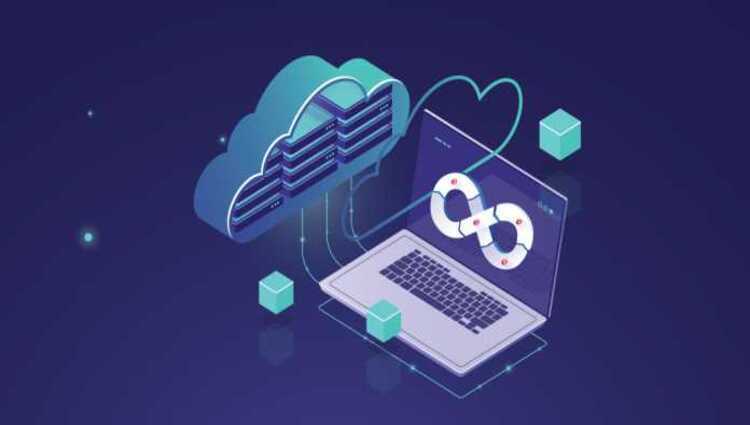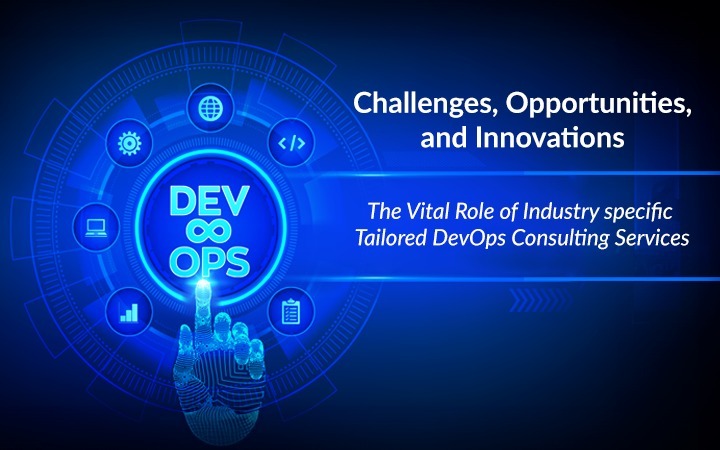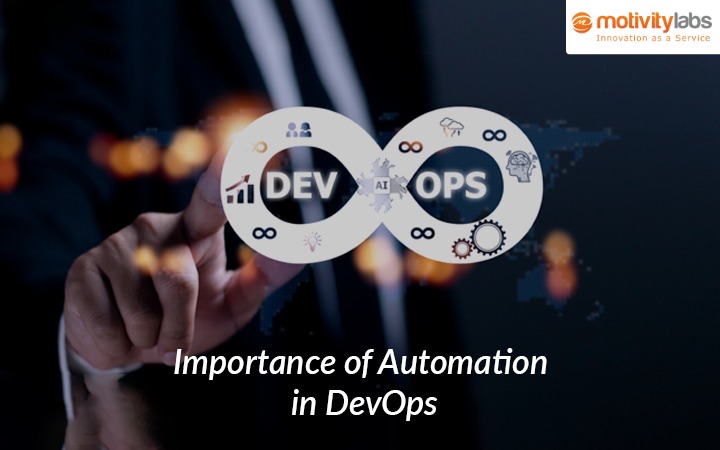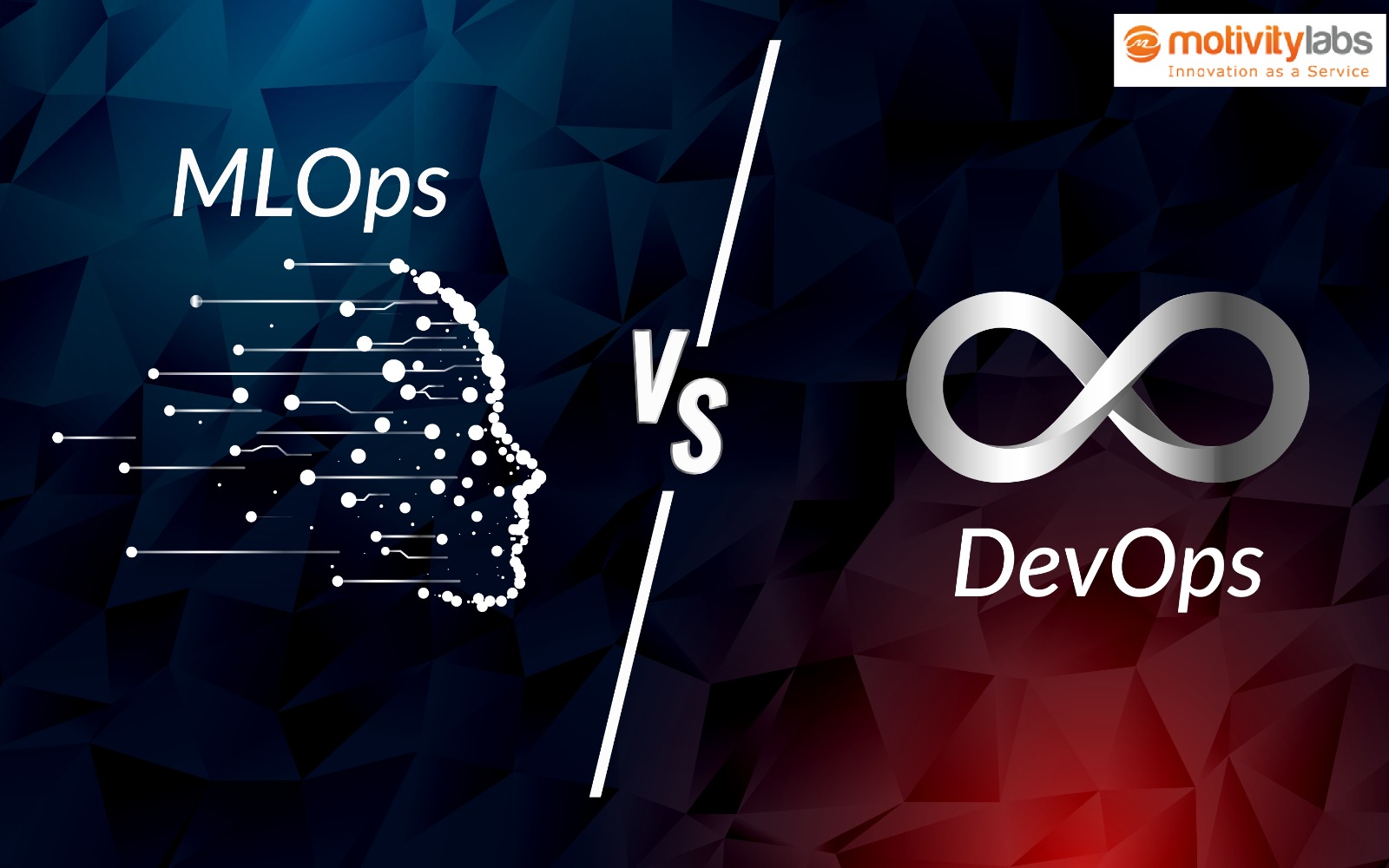DevOps and Digital Enterprises. DevOps is a term, broadly used where development and operations are integrated into a software development lifecycle. In a traditional software development model, development and operations are two different isolated teams where each has a different role in developing the software system. These isolated teams work independently to finish their part and hand over the project to the next stage. Thus, the approach from planning to coding, building, and testing & from releasing, deploying, operating, and monitoring is a linear one. That means, the next stage in the development commenced only after the previous stage is completed. This model, which is called the Waterfall model, looks fine as long as there are no errors anywhere. But seldom has it happened without any errors. If a bug is detected at the testing stage, it is very difficult to go back again to the building stage and rectify it. Also, you cannot see the output of the application until the stage of deployment. If the output, for any reason, has any errors, you have to again go back to the coding stage. All this is not only time-consuming but also a costly affair. To overcome all this, DevOps has been invented. DevOps and Digital Enterprises is basically a set of various processes used to speed up and shorten the software development lifecycle using fast and continuous communications between different stages of a software development cycle. DevOps enables continuous integration and continuous development anywhere in the whole development cycle without any disruption to the running of the software on a server or on the cloud.
DevOps for DIGITAL ENTERPRISES
In today’s fast-changing world, businesses need to perform with lightning speed to meet the ever-changing customer needs. The ever-growing consumer demands have challenged businesses like never before all over the world. To be at the top, businesses not only need to find new products that attract new customers but also deliver them flexibly, securely, and with speed while continuously looking for new and innovative ideas to build more markets and generate more business. In order to achieve this, different branches of a business – right from the idea, inception, production, and digitization should be integrated. Any enterprise that uses technology to its advantage in all its operations is called a Digital Enterprise. DevOps play a major role in transforming a business into a DevOps and Digital Enterprises. With the help of automation and DevOps, any business can become a Digital Enterprise.
Stages
There are 4 stages in DEVOPS viz., Version Control, Continuous Integration, Continuous Delivery, and Continuous deployment.
- Version Control is basically a source code management where different versions of the source code was maintained. If a software project involves 4 developers, the code written by all 4 developers is maintained by this Version Control. This system allows you to know the changes made by all 4 developers in the code and also find out if there are any errors made by them. Version Control can be approached in two different ways, Centralized and Distributed. In a Centralized Version Control System, all the code written by all the developers will be stored local workstation and when they commit, the same is stored in a central server. Once a developer commits a certain code to the repository on the main server, the same can be updated in other local workstations of other developers. In this type of Version Control system, whenever there’s a commit on a central server, a commit id. is issued through which we can able to identify from which developer the commit has been generated. While this is an advantage in this system, the flipside is that whatever changes you want to make, you need to connect to a server to do the same as the main server will be elsewhere. Also, if the main server is crashed, all the files in the repository are lost. In a Distributed Version Control System, each workstation is given a repository where committing and updating are done before pushing the same to the main server/repository. The other developers can anytime pull from the main server/repository to their local repositories’ updated code. All the changes done are reflected first in the local repository and only then on to the main server. So, in the event of any crash at any stage doesn’t result in loss of code.
- Continuous Integration is where the application is continuously built. This means, if there is any modification is done to the source code, the continuous integration server builds the code, compiles it, and also continuously tests the code like unit testing and integration testing.
- Continuous delivery is the next stage in DEVOPS where the application is deployed onto a test server to assess the user acceptance test and end-user test.
- Continuous deployment is the stage where the application is tested on the production server.
Once the application is live, the next stage is Continuous monitoring where it is observed how the system is running on various parameters.
Tools
In DevOps, all the different stages viz., Plan, Code, Built, Test, Deploy, Operate and Monitor stages run simultaneously for an application. There are different tools to achieve DevOps at various stages. For source code management, you can use GIT – a distributed version control tool that provides data assurance across non-linear workflows. For continuous integration, you can use tools like Jenkins, TeamCity, Bamboo, Buddy, etc. For continuous development, you have tools like Ansible, Chef, and Puppet.
For more information on the successful implementation of DevOps in your organization, get in touch with our experts today.



